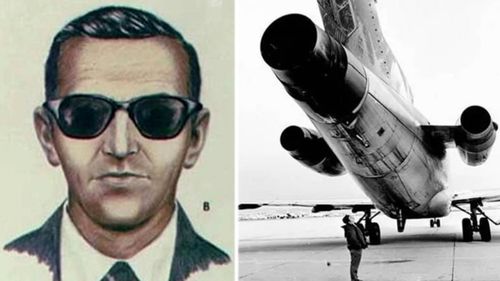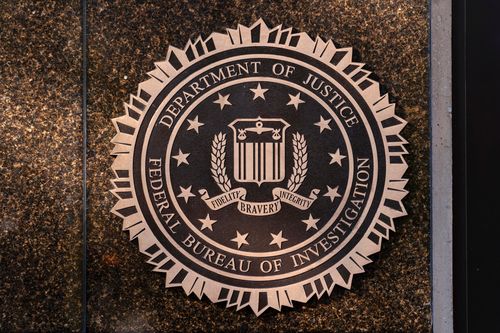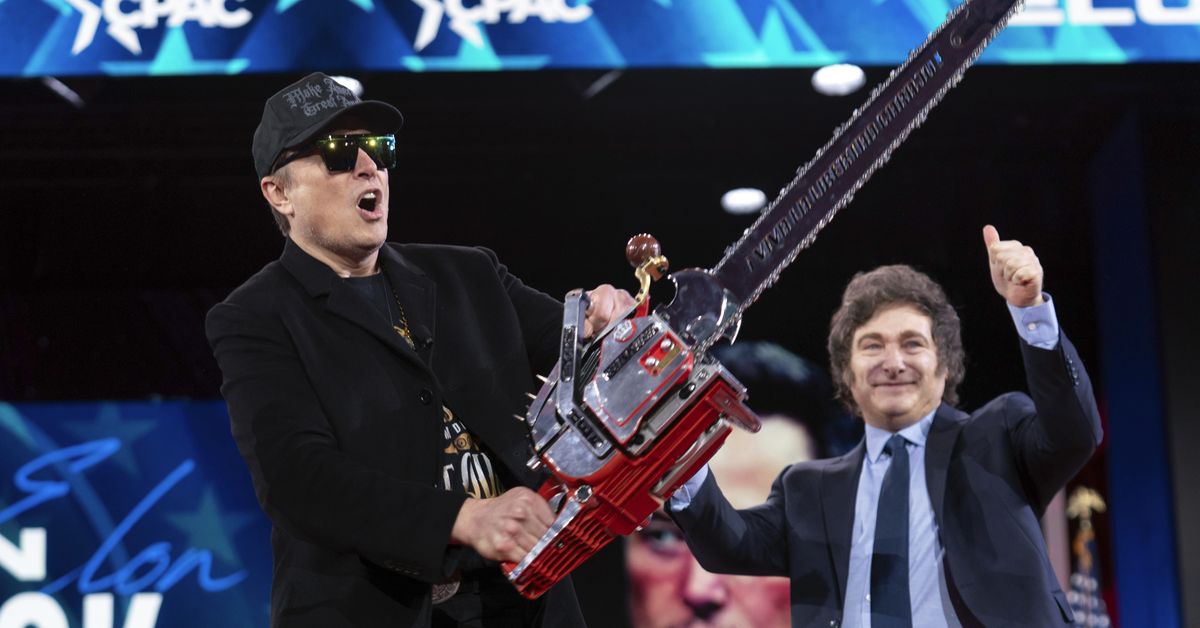Few people noticed the smartly dressed man at Portland airport in the north-western US on November 24, 1971, who purchased a one-way ticket to Seattle.
But by day’s end, the figure – known on the ticket as Dan Cooper – had entered criminal folklore by pulling off one of the most audacious hijackings in history.
Events began shortly after Cooper boarded Northwest Orient Airlines Flight 305, ordered a bourbon and soda, lit a cigarette, and gave the flight attendant a generous tip.

But then he asked another member of the cabin crew, Florence Schaffner, to come to his seat, and handed her a note saying he had a bomb aboard the Boeing 727 jet.
After asking her to sit beside him, Cooper opened his attache case to reveal wires and red tubes and demanded that she write down what he told her.
On the note that Schaffner wrote, Cooper said he had a bomb and would blow up the plane and everyone in it unless he was provided with four parachutes and $US200,000 in $20 bills.
His demands were relayed by her to the pilot, William Scott, who forwarded them to US authorities.
Officials played for time, insisting they needed time to raise the cash, equivalent to about $US1.5 million in today’s money. Also, parachutes were not readily available.

The plane landed on the Seattle runway two hours later.
Cooper demanded the plane be refuelled immediately.
He ordered the passengers to disembark. Only the flight crew and Cooper remained on board.
Their next destination was known only to Cooper, who displayed some knowledge of flying when he issued strict instructions for the pilots to keep the plane at under 3500 metres, with wing flaps at 15 degrees.
After they took-off, Cooper at some point strapped his bundles of cash to a parachute.
He put on his own chute and made his way to the rear of the plane, where stairs could be lowered to let passengers off.

Cooper edged down the stairs into the cool air and clouds. It was about -7C at that altitude.
Below him was a dense forest carved open by the powerful Columbia River.
Suddenly the pilot felt a pressure change. It was Cooper leaping into the abyss with his bounty.
Cooper had done his homework. The Boeing 727 he chose for his heist was ideal for the purpose. The aft stairwell could be deployed in flight, and by a switch from inside the cabin, which could not be overridden from inside the cockpit.
Also, the aircraft’s three engines are located around the tail, allowing a fair chance of a safe jump without being incinerated in the jet exhaust.

After being alerted by the plane’s stunned pilot, hundreds of police officers searched the area they believed Cooper landed in, but to no avail.
The hijacking made news across the world, and at some stage a journalist called Dan Cooper “DB Cooper” and the moniker stuck.
But investigators soon realised the name used to book the ticket was a fake. It was all part of the mystery.
Over the five decades since the infamous hijacking just two pieces of evidence have emerged.
In 1978, a deer hunter found a placard printed with instructions for lowering the aft stairs of a Boeing 727 about 15 kilometres west of Mount St Helens, still within the potential drop zone.
Two years later, an eight-year-old boy on a family holiday raked a sandy riverbank along the Columbia River to build a campfire and turned up three packets of US$20 notes, later proven to be part of the ransom money.
None of the remaining 9710 US$20 bills have turned up anywhere in the world.
In July 2016, the FBI announced it was closing the book on DB Cooper, with the option to re-open the case should any legitimate physical evidence come forward.







